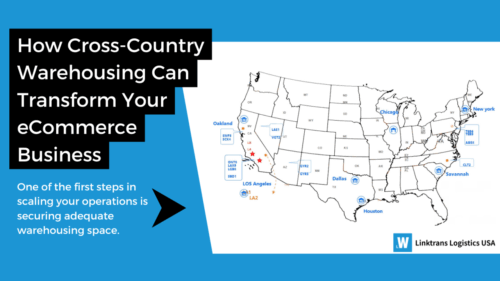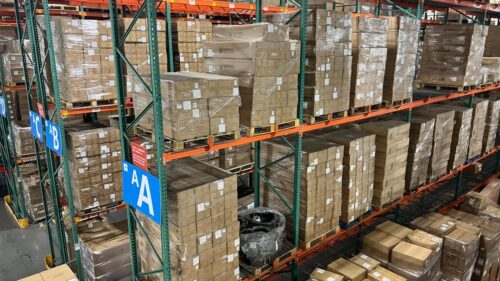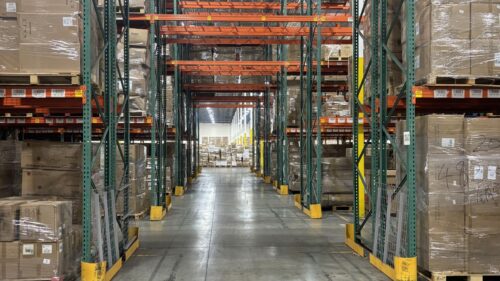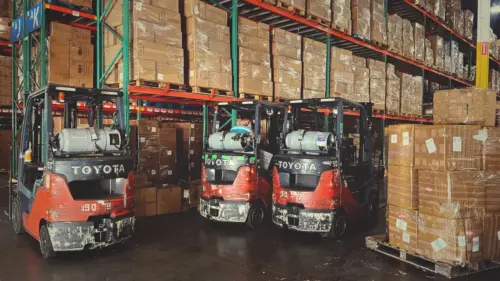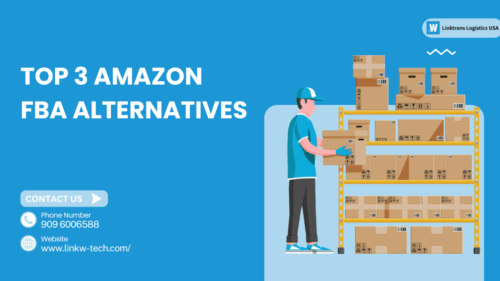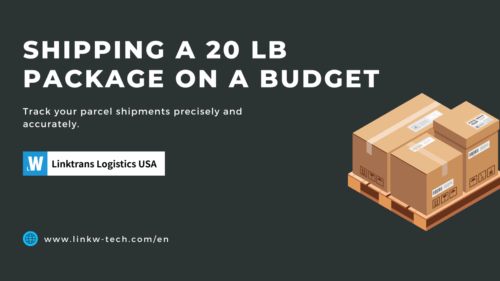-
English
-
Japanese
-
Korean
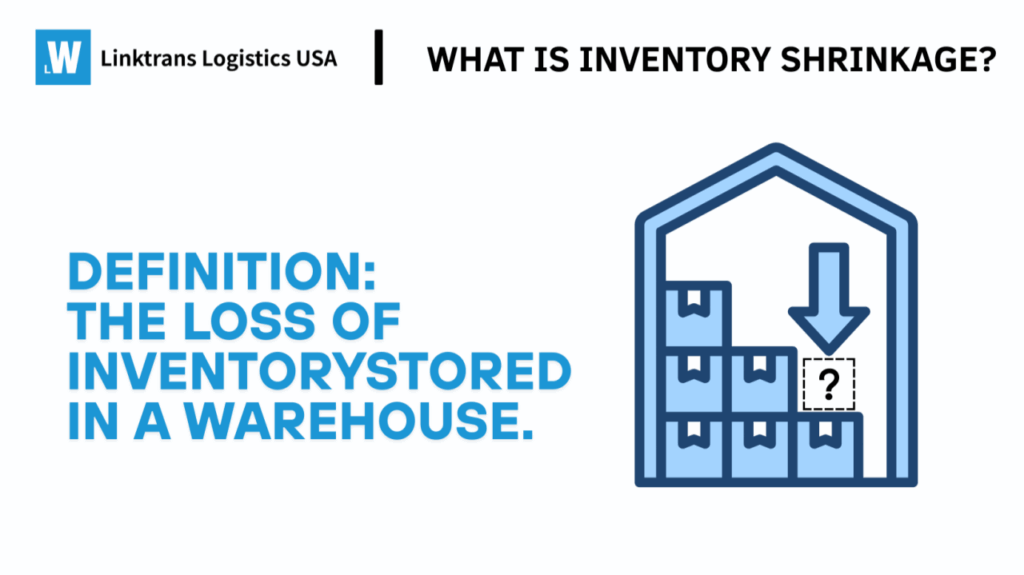
Inventory shrinkage is a common challenge for businesses dealing with physical products. Whether it’s referred to as warehouse shrinkage, product shrinkage, or loss of inventory, the result is the same: merchandise goes missing from warehouse shelves. For eCommerce businesses and retailers alike, shrinkage can significantly affect profitability if not properly managed.
Shrinkage is an unavoidable reality for businesses that sell physical goods. In retail, shrinkage occurs at the point of sale due to shoplifting or product damage. For eCommerce businesses, inventory shrinkage often happens when items are damaged during storage or misplaced during shipping and receiving. Understanding your shrinkage rate is essential, as it directly impacts your bottom line. Below, we’ll explore how to calculate inventory shrinkage, identify its causes, and implement strategies to reduce its impact.
What Is Inventory Shrinkage?
Inventory shrinkage occurs when there’s a discrepancy between the inventory recorded in your accounting system and the actual physical count in the warehouse. For example, shrinkage may arise when products are logged at the receiving dock but don’t make it to the warehouse shelves. This discrepancy could stem from a mismatch between the number of products shipped by the manufacturer and the amount received by the fulfillment center. Often, the issue only becomes apparent during physical inventory counts.
Let’s break it down with a simple example: imagine sending 100 units of a product to your fulfillment warehouse. When you check your inventory, only 95 units are accounted for. After verifying that none of these units have been sold, you realize that five units have gone missing due to shrinkage.
Many third-party logistics (3PL) providers include a shrinkage allowance in their contracts, which defines the percentage of inventory that can go missing before they reimburse the seller. These allowances typically range from 2% to 10%, depending on the provider.
Common Causes of Inventory Shrinkage
There are several reasons why inventory shrinkage occurs, but they typically fall into three main categories:
1. Employee Theft
Although it’s uncomfortable to consider, employee theft is a reality for many businesses. Implementing careful hiring practices and security measures, such as checking employees’ bags when they leave the warehouse, can help minimize this risk.
2. Lost Shipments
Misplaced goods are one of the most frequent—and challenging—causes of inventory shrinkage. For instance, during busy operations at a receiving dock, pallets may lose their labels or be moved to the wrong shelves. Once products are misplaced, finding them in a large warehouse can feel like searching for a needle in a haystack.
3. Damage
Products can sustain damage at various points in the supply chain—during shipping, unloading, or the picking and packing process. With eCommerce goods passing through multiple hands before reaching the end customer, damage is an inevitable factor contributing to shrinkage.
Calculating Inventory Shrinkage
To understand the financial impact of shrinkage on your business, you need to calculate your shrinkage rate. This metric is vital for effective inventory management.
Formula for Inventory Shrinkage:
Shrinkage Rate=Inventory Recorded-Inventory Recorded/Inventory Counted
Using the earlier example:
- Inventory recorded: 100 units
- Inventory counted: 95 units
- Shrinkage: 100−95=5 units
Shrinkage Rate=5/100=5%
This calculation helps track shrinkage over time, enabling you to anticipate losses and adjust inventory management strategies accordingly. Additionally, to accurately calculate your cost of goods sold (COGS), you should factor in shrinkage. For instance, if each product costs $10 to manufacture and ship, a 5% shrinkage rate adds $0.50 per unit to your COGS, making the true cost $10.50 per unit.
Strategies to Reduce Inventory Shrinkage
While shrinkage may seem unavoidable, there are effective strategies to minimize its impact. Here’s how you can reduce inventory losses:
1. Streamline Dock-to-Stock Time
The faster you log incoming shipments into inventory, the lower the risk of loss or damage. Products sitting on the dock aren’t generating revenue, and delays could even result in backorders for items already in stock. Speeding up the receiving process reduces shrinkage and improves operational efficiency.
2. Implement Redundant Checks
Create systems with multiple layers of checks to ensure accuracy during receiving and stocking. Redundant processes catch errors that might otherwise go unnoticed.
3. Enhance Employee Training
Properly trained employees are less likely to make mistakes that lead to shrinkage. Invest in training programs to ensure your staff understands and follows inventory management protocols.
4. Offer Employee Incentives
Motivate your team to minimize shrinkage by rewarding them for improved performance. For example, offer bonuses when shrinkage rates drop below a certain threshold.
5. Clearly Mark SKUs
Ensure that SKUs are boldly and visibly labeled on both products and shelves. Clear labeling reduces the likelihood of items being misplaced during stocking or picking.
6. Install 24/7 Security Systems
Strong security measures, including cameras, help deter theft and provide valuable insights into operational errors. Reviewing warehouse footage can reveal the root causes of shrinkage, enabling you to implement targeted solutions.
How Your 3PL Provider Can Help
If you outsource fulfillment, your 3PL provider plays a crucial role in managing shrinkage. The best fulfillment companies operate with low or zero shrinkage allowances, reimbursing clients for any lost or damaged inventory. By partnering with a professional fulfillment provider, you can reduce shrinkage rates and improve inventory accuracy.
At Linktrans logistics USA, we go beyond industry standards by offering a zero shrinkage allowance. If we lose or damage an item, we reimburse you for its wholesale cost. This commitment to accountability ensures that outsourcing your fulfillment operations doesn’t just simplify logistics—it also protects your bottom line.




